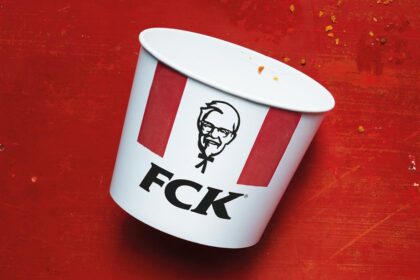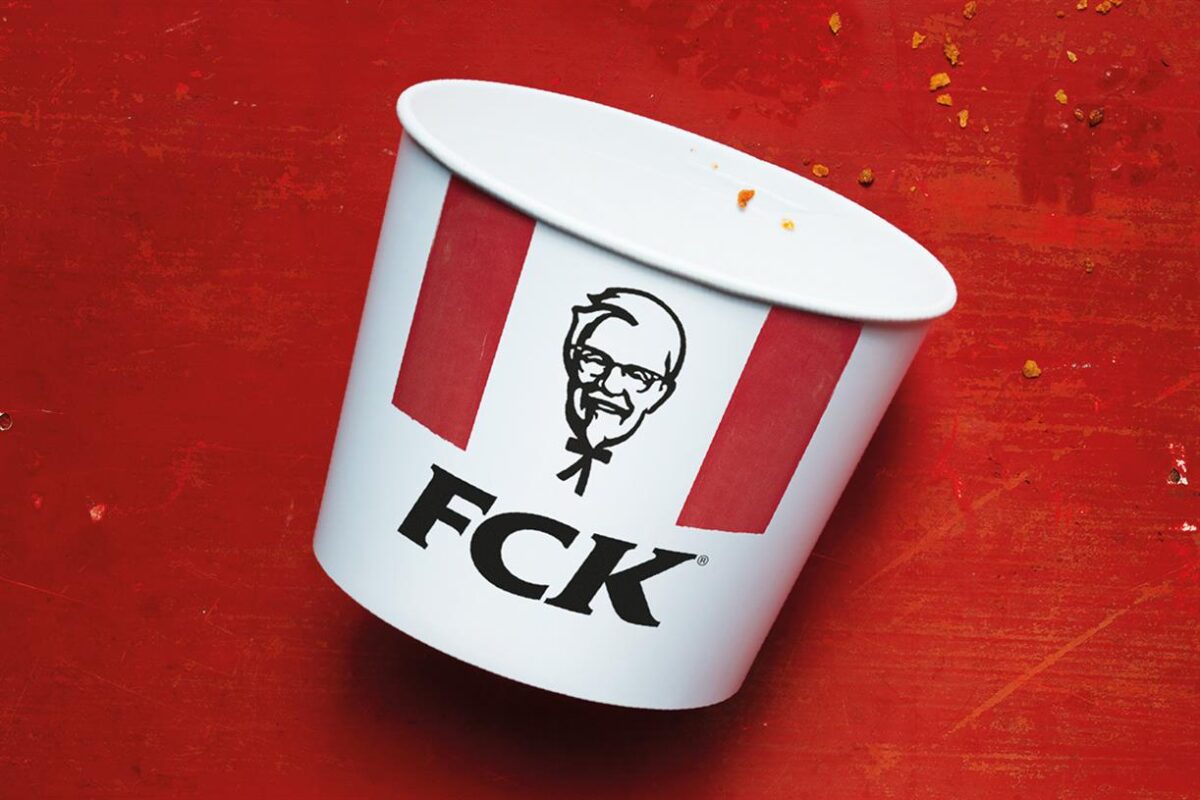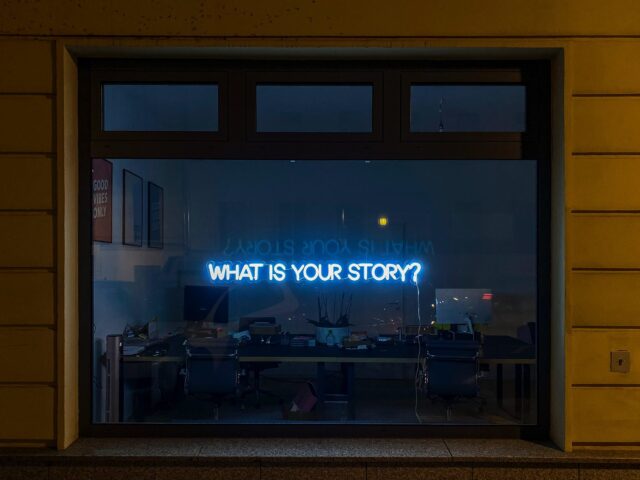Say sorry and mean it.
… oh, apparently that’s not enough to warrant an entire article. So let me elaborate…
Brand, first and foremost, is about trust. Earning it, giving it and retaining it. Trust leads to both initial purchases and repeat purchases and creatives like me will claim it to be the number one factor in brand building. Even more important than your price points.
Winning that trust is where your proposition and your personality come in, presenting your output authentically in your brand voice.
For the most part, if you’re a brand that has been around a short while, that trust will be well placed. You’re delivering great service, you’re backing up your promises, and your client-base is swelling. Nothing but good times ahead!
Then the first tweet comes in.
Someone in your supply chain screwed up and now several people are being vocal on Twitter about a bad experience.
Others are backing them up.
There’s a groundswell of harsh vibes.
Trustpilot is taking a battering.
Both your social media and PR teams are waiting for guidance on how to handle the situation.
You’re already begging your CEO to take their round of golf slowly today.
This doesn’t look good.
Responding to a mistake in the wrong way, whether it’s to a bad Google review or national PR, can amplify and compound the perception of a brand out of step.
Consumers have got pretty good lie detectors these days. When a brand speaks in a voice that seems out of character, consumers will call them out.
During the pandemic, nearly everyone was putting out “during these unprecedented times…” style messaging.
The brands that fared the best with this approach were the ones that had been putting out customer-empathy messaging for a long time before.
The brands that suddenly pivoted towards finding their empathy after years of focusing on: ‘JUST BUY NOW’ messaging, saw the biggest hits to their bottom lines.
Our audiences won’t let us lie.
One example of a bad pivot was when BP attempted to gloss over the Gulf of Mexico oil spill they caused – infamously called out by South Park.
Taking a ‘mea culpa’ approach to owning an issue is almost always the right response, but the tone of that approach left most people with an even-more untrustworthy perception of BP than they had before, leading to a stock price crash that took several years to recover from.
So, what’s the play? How do you hush all this up? The answer is you don’t – you own it.
The way you apologise is the way your brand earned the trust in the first place: being authentic.
Authenticity got you where you are, and it will get you back there
Your response needs to be in keeping with your existing brand voice and your existing outlook.
If people think you are being honest and human in your response, they are more willing to accept an error or something that is less-than-perfect in the short term.
Answering in a voice that isn’t yours, such as a painfully-neutral press release devoid of humanity, a condescendingly overcaring advert, or trying to brush it off and look cool at the same time, isn’t going to cut it.
If you have a caring brand voice, show care.
A company with a sincere tone should reply sincerely.
If your voice is lively, respond in a lively way.
Most consumers will accept it in the right way, and then, if backed up with action to correct the mistake, most consumers will remain loyal.
FCK
A great example of a response was perfectly in play in February 2018, when the UK’s KFC franchises suddenly found themselves without any chicken to sell.
KFC had switched suppliers through a cost-cutting exercise.
The new supplier was woefully unprepared, no one had anything to sell except coleslaw, and suddenly the customers of the famous fried chicken chain were spitting feathers (pun quota, reached).
It could’ve been easy for the chain to put out an asinine corporate response laying the blame firmly with their supply partners and waiting for it all to blow over in the news cycle.
Instead, they took a different approach: FCK. Paired with a very humanly-worded explanation about how their own actions had led to this point, this image was perfectly placed to show an authentic response in KFC’s own voice – playful, a little cheeky, warm and very human.
Paired with a very humanly-worded explanation about how their own actions had led to this point, this image was perfectly placed to show an authentic response in KFC’s own voice – playful, a little cheeky, warm and very human.
Campaign Live wrote an excellent case study on it with the best takeaways being:
- 53,000 mentions of KFC running out of chicken on Twitter before their response.
- FoH staff were taking personal abuse.
- Other chains were publicly cashing in on their screw-up.
- In three months, The FCK campaign amassed a total earned reach of 1bn through a single ad that appeared in 2 UK national newspapers, The Sun and Metro.
- KFC’s YouGov brand impression score rose 10 points, and its BrandIndex showed nearly a third of the British population noticing a positive change to the brand.
What was initially crisis management turned into a multi-award winning form of retaining and rebuilding trust, all through simply using what they already had: confidence in their own voice.
The takeaway
How a brand responds to criticism and adversity is telling in the eyes of a consumer, but it doesn’t require a defensive response, it just requires you to stay true to your tone of voice and deliver in keeping with your brand’s personality.
Be clear with your explanation and don’t try to get off easy.
If you’d like tailored branding advice for your business – from guiding your response to a mistake, to going back to the beginning and finding your brand’s story – our team can help. Get in touch.









